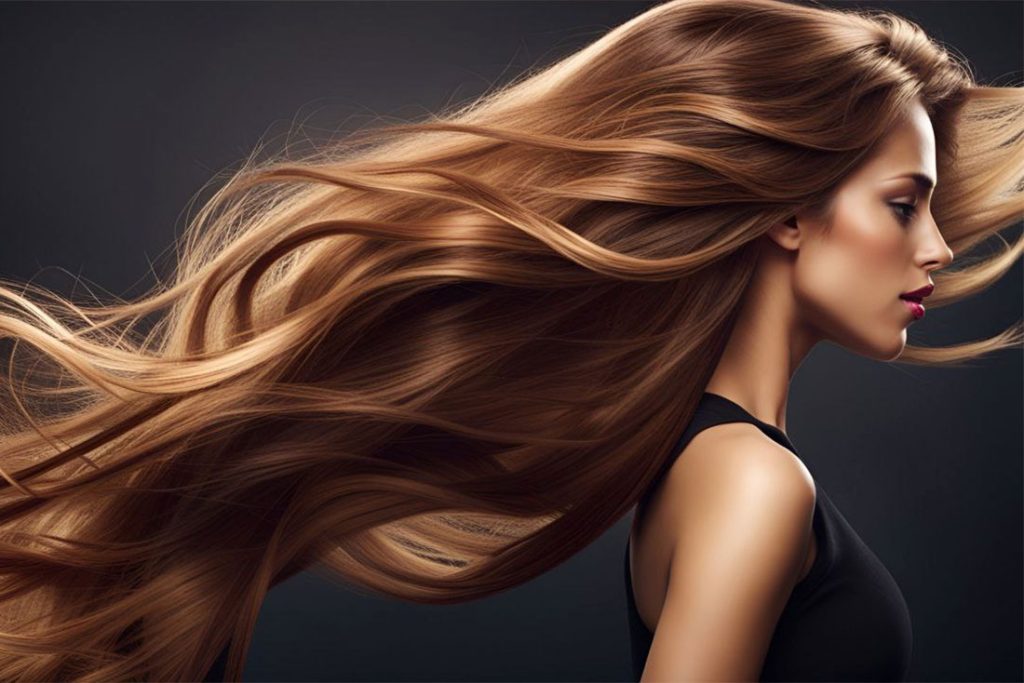The Five Pillars of Hair Design: An Artistic Exploration
The art of hair design, much like any other form of creative expression, is governed by fundamental principles that transform a style from ordinary to exquisite. Drawing parallels from the world of art and design, hair design also adheres to foundational tenets that ensure visual appeal and symmetry. These five principles – proportion, balance, rhythm, emphasis, and harmony – are pivotal in sculpting hairstyles that not only complement individual features but also stand as unique artistic statements. Delving deeper into these principles reveals the depth of artistry and science that underpins every snip, curl, and color.

Principle 1: Proportion
At the heart of any design, proportion ensures that different parts of a creation stand in symmetrical relation to each other.
- In Hair Design: Proportion evaluates the relationship between the size, volume, and line of the hairstyle in comparison to the client’s head shape, facial features, and neck. For example, a voluminous updo might look overwhelming on someone with petite features but could be stunning on another with more pronounced features.
- The Golden Ratio: Often, designers employ the golden ratio – a mathematical ratio found in nature that’s pleasing to the eye – to achieve optimal proportionality.
Principle 2: Balance
Balance creates a sense of equilibrium, distributing visual weight uniformly.
- In Hair Design: Whether it’s through symmetrical (mirrored) design or asymmetrical (balanced yet different) design, achieving balance ensures that no area looks “heavier” than another. An asymmetrical bob might be shorter on one side, but the play of color or volume on the longer side can ensure it still looks balanced.
Principle 3: Rhythm
Rhythm introduces the concepts of motion and pattern, leading the observer’s eye through the design.
- In Hair Design: Rhythm can be achieved by repeating colors, lines, or curls throughout a hairstyle. From cascading waves that seem to flow seamlessly to repeating highlights that create visual movement, rhythm ensures a dynamic and lively design.
Principle 4: Emphasis
Emphasis dictates the focal point of a design, ensuring that certain parts command attention.
- In Hair Design: This could mean a striking hair color against a natural base, a dramatic fringe, or a pronounced crown area. Emphasis ensures that while the entire design is cohesive, there are elements that stand out, captivating attention.
Principle 5: Harmony
Harmony ensures all parts of the design work in congruence, creating a consistent, orderly, and pleasing aesthetic.
- In Hair Design: Every cut, color, and style element should complement the other. From the interplay of hair color tones to the cohesion between cut and texture, harmony ensures the final style feels unified and complete.
Conclusion
While these principles offer a guideline, the true magic lies in the hands of the stylist who interprets, bends, and molds these rules to craft unique styles. Every individual is a unique canvas, and while principles provide a roadmap, creativity ensures the journey on that map leads to unparalleled destinations. In the world of hair design, merging artistic flair with these foundational principles guarantees hairstyles that are not just seen, but remembered.






